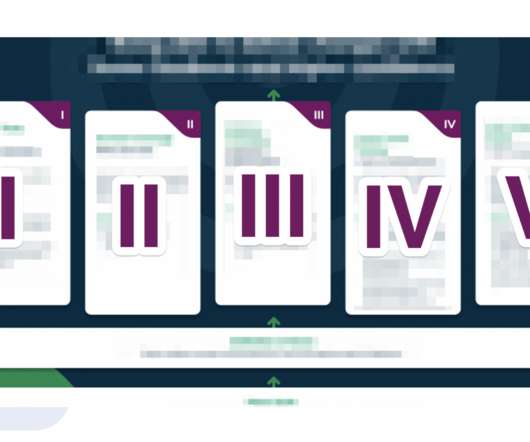A Software Engineering Career Ladder
James Shore
APRIL 27, 2024
It’s been a fascinating opportunity to rebuild an engineering organization from the inside, and I’m loving every minute. We’re introducing a lot of cutting-edge software development practices, such as self-organizing vertically-scaled teams and Extreme Programming. Culture doesn’t change easily. Too many, possibly.















Let's personalize your content